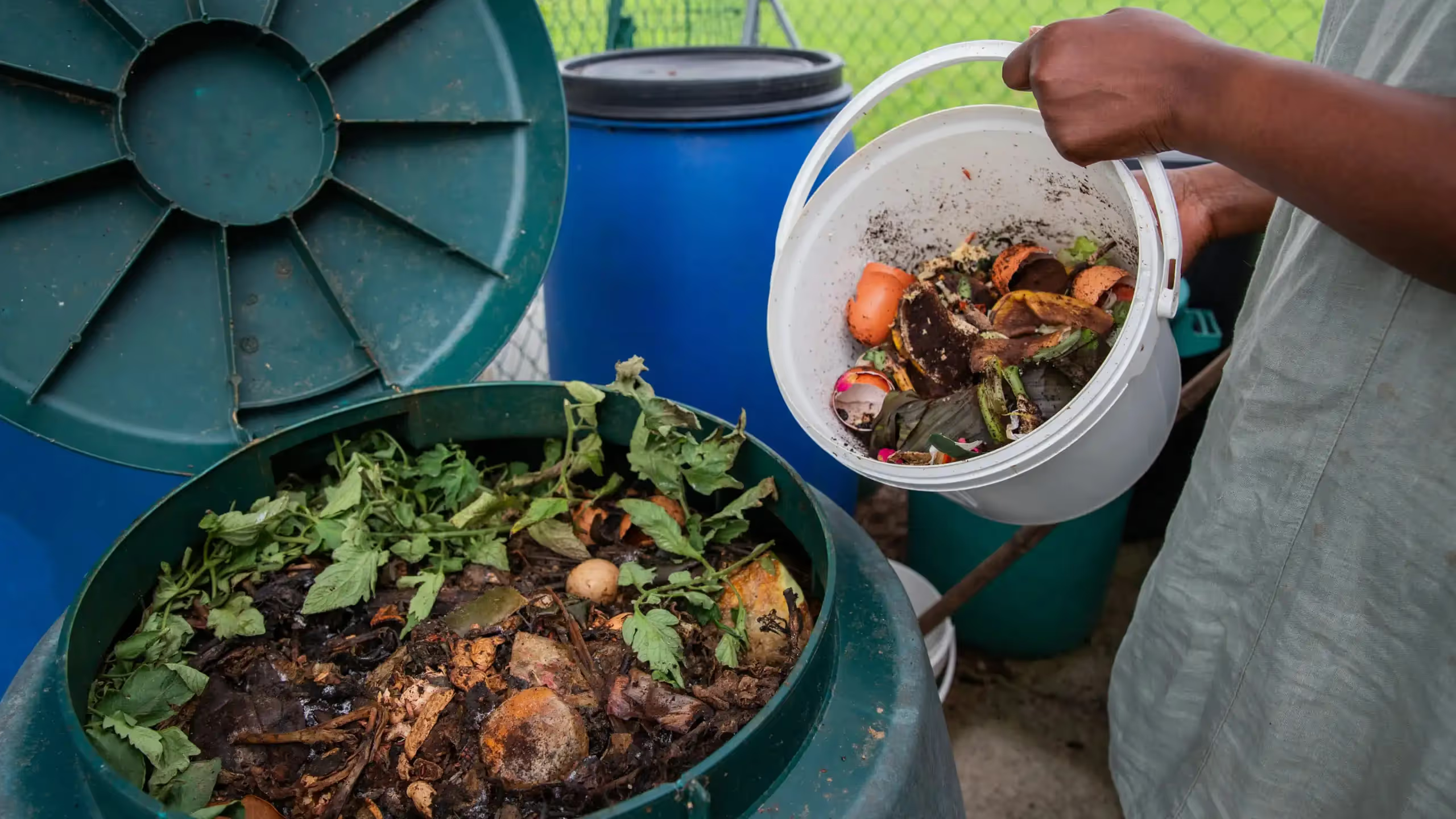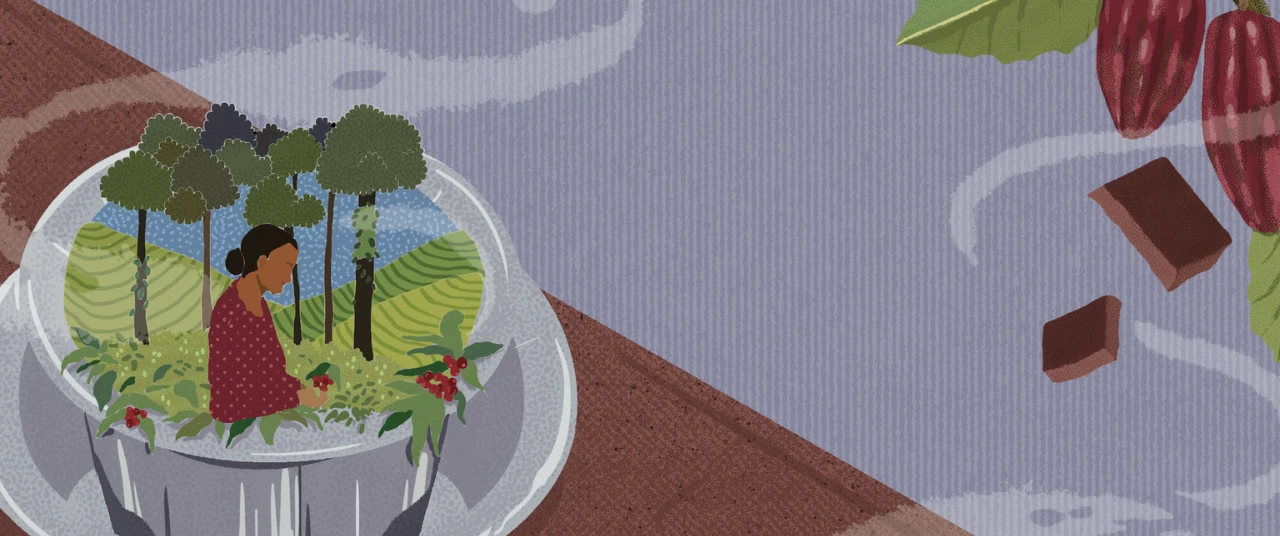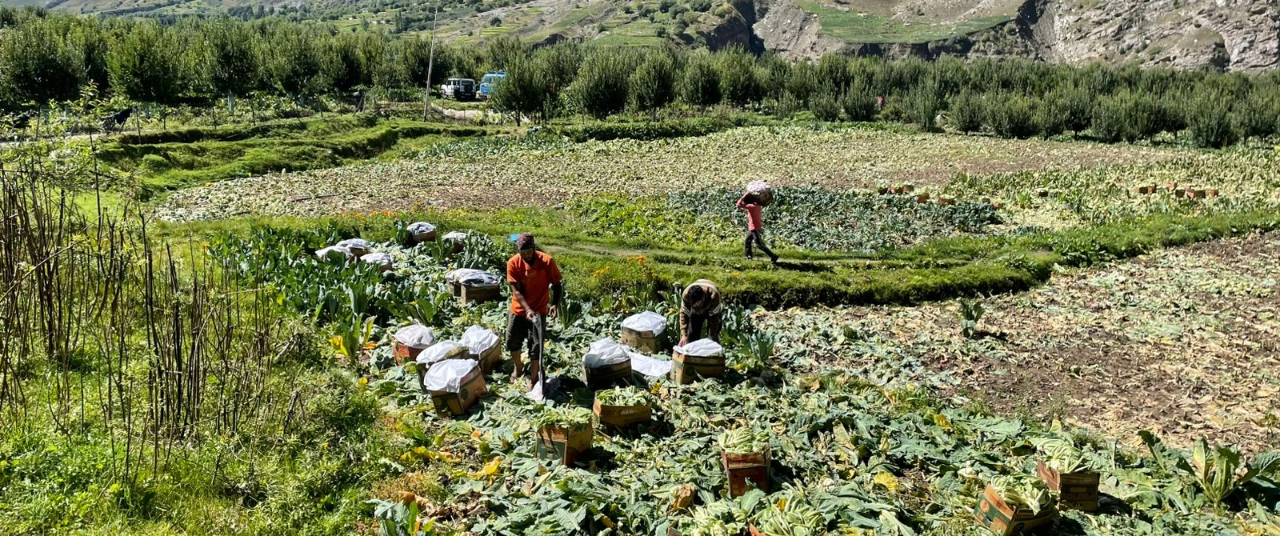How to troubleshoot and bring your pile back to life






Editor's Note: In this series, the Good Food Movement explores composting—a climate-friendly, organic way to deal with waste. We answer questions about what you can compost, how to build composting bins and how this process can reshape our relationship with nature and our urban ecosystem.
Setting up a compost bin from scratch is exciting, but when things go wrong, it can feel like a soggy, smelly disaster. Whether you're composting on your terrace, in your backyard, or using a kitchen composter, it’s normal to encounter these problems. Here's how to troubleshoot the most common hurdles and get your compost back on track:
Tackling stinky situations
A healthy compost pile should smell earthy, like fresh soil after rain. If your compost smells like sewage or ammonia, it's usually a sign of too much nitrogen-rich "green" material (such as vegetable scraps or cooked food) and not enough carbon-rich "browns" (like shredded paper or cardboard). A rotten egg smell, on the other hand, typically means there's too much sulphur and poor air circulation or excess moisture.
The solution:
A quick way to check compost moisture levels is the fist test: Grab a handful and squeeze. If water runs out, it's too wet—turn the pile to dry by adding more browns. If you see just beads, moisture is ideal. If it's dry, add a little bit of water. Mix well and repeat as needed.
Turn your compost immediately using a garden fork or stick. For every handful of wet kitchen waste, add two handfuls of brown materials—shredded newspaper, cardboard, coconut husk, or dried leaves. Aim for a 3:1 ratio of brown to green materials. If you're using a closed bin, drill more holes for ventilation. Also, stir the compost every few days to aerate it. Lastly, avoid cooked food or dairy unless you're using a composter (electric food recyclers quickly turn your kitchen scraps into nutrient-rich plant food by creating ideal conditions for organic matter to break down and for helpful microorganisms to thrive), which can handle it better.
Also read: Don't dump it, compost it -- Why peels and scraps shouldn't be tossed into your garden
Uninvited guests
Nothing kills composting enthusiasm faster than some uninvited visitors – be it a cloud of flies greeting you every time you lift the lid, or worse, rats. This is caused by exposed food scraps, especially fruit peels or meats, oil or bones. If you see ants trailing through your compost, it is a sign that it is too dry, as ants like to find dry soil for nesting.
The solution:
Always bury fresh kitchen scraps under a layer of brown materials. This smothers odours and keeps the pests away. Keep a container of dried leaves, sawdust, or cocopeat nearby for immediate covering. Avoid adding meat, dairy, or oily foods entirely.
If flies persist, use some lemongrass spray, or lay a piece of jute cloth over the surface. Use a lid or cover if you’re composting in a bin. A simple piece of cardboard or jute sack will do.
Also read: Setting up a compost bin at home: Do's and don't for feed and airflow
Navigating soggy compost piles
During monsoon season, outdoor compost piles can turn into a waterlogged mess. Plus, kitchen waste naturally contains high moisture. Too much water can lead to a pile that decomposes anaerobically (without air), leading to rot instead of compost.
The solution: Add more brown materials immediately so the compost pile can absorb excess moisture. If your pile is outdoors, cover it with a tarp or corrugated sheet during heavy rains. For balcony composters, ensure proper drainage. Avoid dumping large amounts of wet or juicy scraps—like melon flesh or overripe fruits—all at once. Chopping vegetable waste and draining liquids before tossing greens into the pile is always a good idea.
Cold compost blues
Waiting months for compost can test anyone's patience, especially when space is limited in urban Indian homes. Oxygen-loving microorganisms break down organic matter in your compost pile, using it as fuel for their cellular processes and generating heat in the process.
Heat is imperative for your waste to eventually turn into compost.
So what causes the compost to not heat up? The pile is too small (under 3’x3’, or 5’x5’ in winter), too dry, low in nitrogen, or lacking in air flow. The most common one is dryness.
The solution: Turn the pile to mix the materials in your compost pile. While turning the pile, add water. Let the pile rest for several hours, then give it the fist test again.
Furthermore, kitchen scraps (containing nitrogen) need plenty of dried materials (containing carbon) to balance things out. Turn your pile weekly, or use a long stick to poke holes for aeration in smaller bins. During winter, place your composter in a sunny spot to warm your compost pile and maintain its core temperature. In summer, provide some shade and maintain adequate moisture by sprinkling water if the pile feels dry.
Also read: The science of scraps: How to get composting right
Chop your waste into small pieces as they decompose faster. You can also add a compost accelerator, be it a handful of old compost, garden soil, or cow dung.
Most composting problems stem from disturbing the balance of air, moisture, nitrogen, and carbon in the pile. The first step to fixing the problem is to observe which factor is out of place. The more you observe your compost bin, the better you will be able to detect issues that will invariably pop up for anyone composting—whether you’re a novice or a veteran.
Edited by Durga Sreenivasan and Harshita Kale
{{quiz}}
Explore other topics
References






.png)



